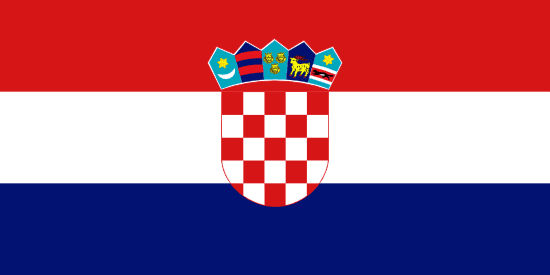"Čudo prirode na dlanu | A wonder of nature in the palm of your hand"
About:
The Plitvice Lakes National Park, located in Croatia, was established in 1949, becoming the country's first national park. It's renowned for its 16 cascading lakes, interconnected by waterfalls. In 1979, UNESCO recognized it as a World Natural Heritage site due to its biodiversity and geological value. Despite suffering damage during the Croatian War of Independence in the 1990s, the park has been successfully restored and continues to be a significant tourist attraction and conservation area.
When to visit:
The best time to visit Plitvice Lakes National Park, located in Croatia, is during the shoulder seasons of spring and autumn. During these times, the weather is mild, the crowds are smaller, and the natural beauty of the park is at its peak with blooming flowers or colorful foliage. Summer is the peak tourist season, with larger crowds and higher temperatures, making it less enjoyable for some visitors. Winter can be a magical time to visit as well, with frozen waterfalls and snow-covered landscapes, although some areas of the park may be inaccessible during this time. Ultimately, the choice of when to visit Plitvice Lakes depends on personal preferences for weather, crowd size, and seasonal scenery.
When to avoid:
Traveling to Plitvice Lakes on a holiday during the peak summer months of July and August can be a less than ideal time due to the high tourist traffic and crowded conditions. The popular attraction can become overcrowded with visitors, leading to long lines at the entrance and on the walking paths around the lakes. Additionally, the hot weather during these months can make exploring the park uncomfortable, especially for those not used to high temperatures. To avoid the crowds and enjoy a more pleasant experience, it is recommended to visit Plitvice Lakes during the shoulder seasons of spring or fall when the weather is milder and the tourist numbers are lower.
Winter Season (Nov-Mar)
In Plitvice Lakes, Croatia, the wettest period is November, with an average rainfall of 184mm. The coldest months are January and February, with average temperatures ranging from -2°C to 4°C. These months have limited sunlight, with only 2-3 hours per day, and heavy cloud cover. Snowfall is common, adding a magical touch to the landscape. An average day for a visitor may involve bracing the cold, dressing warmly, and enjoying the snowy scenery. Despite the cold, the park remains open, offering a unique winter wonderland experience.
"Summer (June-August)"
In Plitvice Lakes, Croatia, the warmest part of the year is from June to August. During this period, the average high temperature ranges from 24°C to 27°C (75°F to 81°F), while the average low temperature is between 12°C to 15°C (54°F to 59°F).
Rainfall is relatively high during these months with an average of 100-150mm per month, making the area lush and green. The region receives approximately 8-10 hours of sunlight per day, providing ample daylight for outdoor activities. Humidity levels are moderate, generally around 60-70%, which can make the heat feel more intense but is generally comfortable.
Cloudiness varies, but summer days are typically partly cloudy, offering a mix of sun and shade. A typical day for a visitor during this time would begin with a cool morning, warming up to a hot afternoon, often followed by a light rain shower. Despite the occasional rain, the overall weather is pleasant and suitable for exploring the beautiful lakes and waterfalls.
Language:
In Plitvice Lakes, Croatia, the most commonly spoken language is Croatian, due to it being the official language of the country. However, as a popular tourist destination, English, German, Italian, and French are also frequently heard among visitors and tourism industry workers.




